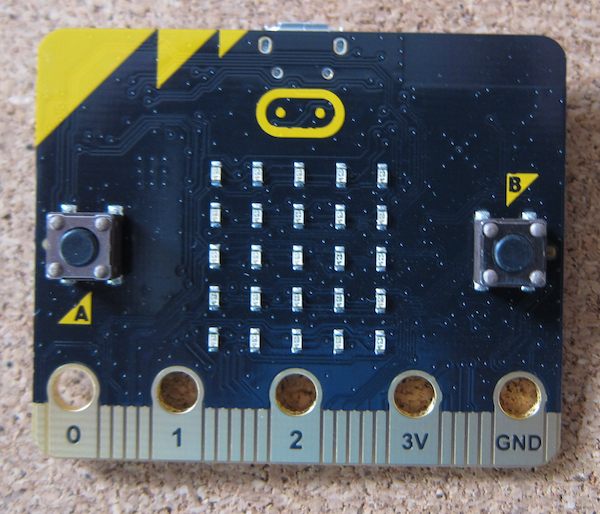This allows the remote connection to the desktop on a Raspberry Pi machine. This is great if you want to to run your Raspberry Pi "headless" and do not want to use the Secure SHell (SSH).
You can connect to your Raspberry Pi from another (non Raspberry PI) machine by downloading and installing the RealVNC viewer (make your selection from the operating systems shown here https://www.realvnc.com/en/connect/download/viewer/. The RealVNC viewer is available from the Google Play Store (and probably from the Apple store as well). For Raspbian on the Raspberry Pi, wou can just get it from the Raspbian repository using the normal apt-get install (instructions are available from the above link)
Now I have an elderly Samsung Windows Netbook which is having a second life as a Raspbian Pixel netbook. Now this would be really useful to see what is happening on any live Raspberry Pis. Unfortunately, the non Raspberry PI distribution of Raspbian does not contain the RealVNC viewer.
So going back to the RealVNC downloads page, select the Linux option:
https://www.realvnc.com/en/connect/download/viewer/linux/
You need to select DEB x86 from the drop down menu, then click on Download VNC Viewer.
The file will (by default) appear in your Downloads directory. The one I received was called VNC-Viewer-6.18.907-Linux-x86.deb.
In the File Manager, right click and select Package Install. This will request your password to give the installer permission to make changes to the operating system (in the same way that normally you use SUDO to give heightened permissions).
Once it has been installed, the RealVNC viewer can be found in the Internet options on the start menu.
You will need to know either the ip address of the Raspberry Pi, or the network name. A default Raspberry Pi is normally called "raspberrypi", so should appear on the local network under the name "raspberrypi.home".



























